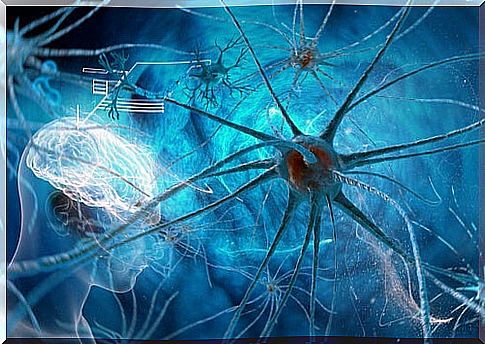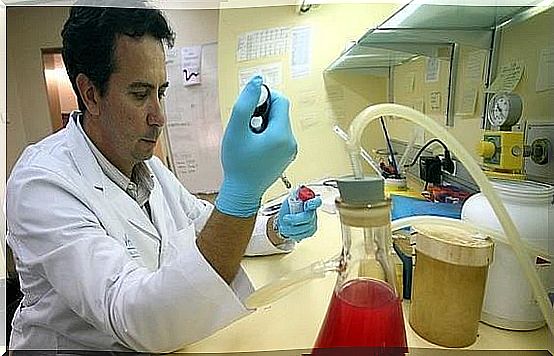A Liquid Biopsy Will Detect Brain Tumors
More than a million brain tumors are diagnosed each year worldwide. These cases account for up to 2% of registered cancer deaths, which represents around 100,000 deaths according to data from the National Cancer Institute (NIH).
To be more exact, the average survival rate from a brain tumor in countries like the United States is between 3 and 27 months once the metastasis or spread of cancer cells in other areas has begun.
In addition, it must be taken into account that this type of tumor is 10 times more likely to spread to other vital organs, which is another compelling reason why patients may present a response to inadequate or insufficient treatment.
All of the above helps us to understand the magnitude of the problem we are facing and the importance of detecting brain tumors with a simple lumbar puncture.

The liquid biopsy will favor the diagnosis of brain tumors
A team of researchers from the Vall d’Hebron Oncology Institute of Barcelona (Spain) has developed for the first time a liquid biopsy that allows the detection of brain tumors from cerebrospinal fluid.
Cerebrospinal fluid is the substance that supplies and feeds the central nervous system. This pioneering finding, which absolutely revolutionizes the detection and diagnosis of this type of cancer, was echoed by the scientific journal Nature Communications .
In this case, instead of performing an invasive biopsy in the gray matter, a lumbar puncture would suffice to determine the possible stage of the brain tumors. This appears to be possible thanks to the fact that “the concentrations of circulating tumor genetic material in cancers of the central nervous system are very low in plasma, but very high in cerebrospinal fluid.” These are the words of Joan Seoane, director of the team that has led this investigation.

The hypothesis that was maintained in the study
Although this liquid biopsy method is being widely considered in metastatic colon, breast and lung tumors, until now it has not been successfully performed in brain tumors. The main reason is that the levels of tumor DNA present in these types of patients are very low in plasma.
However, this team worked from the premise that the central nervous system has its own closed circuit of circulating fluid that bathes the spinal cord and brain. Therefore, this cerebrospinal fluid could be an important indicator of tumor cells for the simple reason of being in direct contact with them.
Today’s study techniques are very risky. For example, it is required to pierce the skull and injure an “indeterminate” brain area to remove cancerous tissue.
Warning signs that should make us consult the doctor
It should be noted that there are certain signs that we must pay attention to. These are the indicators that something is not quite right in the brain. Thus, first of all, we must know that the symptoms of brain tumors can be the following:
- General, caused by pressure from the tumor on the brain or spinal cord.
- Specific, caused by the interruption of the normal functioning of the brain or spinal cord.
It is unusual for brain tumors to be diagnosed before symptoms begin. For this reason, we must see a doctor if any of the following symptoms or signs appear.
General symptoms
The Spanish Society of Medical Oncology indicates that the general symptoms are the following:
- Headache. Almost always continuous, worse first thing in the morning and when the person is stretched out.
- Nonspecific mood disorder, marked emotional instability, emotional indifference, slow thinking and difficulty in dealing with problems with which one is very familiar.
- Signs of intracranial hypertension, such as dull pain, blurred vision, impaired consciousness, etc.
Symptoms that are specific and dependent on the location of the tumor
- Partial motor seizures.
- Field alterations (visual field).
- Parasias (transient or incomplete paralysis).
- Aphasias (problems using language).
- Apraxias (trouble performing certain sequences of movements).
- Agnosias (the person can perceive objects but not associate them with the role they usually play).
Note: It does not mean that these symptoms are synonymous with brain tumors, but rather they are warning signs for which it is advisable to consult a doctor as soon as possible.
These types of tumors are usually treated with radiation therapy, chemotherapy, and surgery. Let’s not get lost: at the slightest sign of alarm we must go to the doctor and inform him of what we feel. In reality, our lives and the tranquility of those around us are at stake.
Thanks to early detection, we can begin appropriate treatment and take care of our health accordingly.









